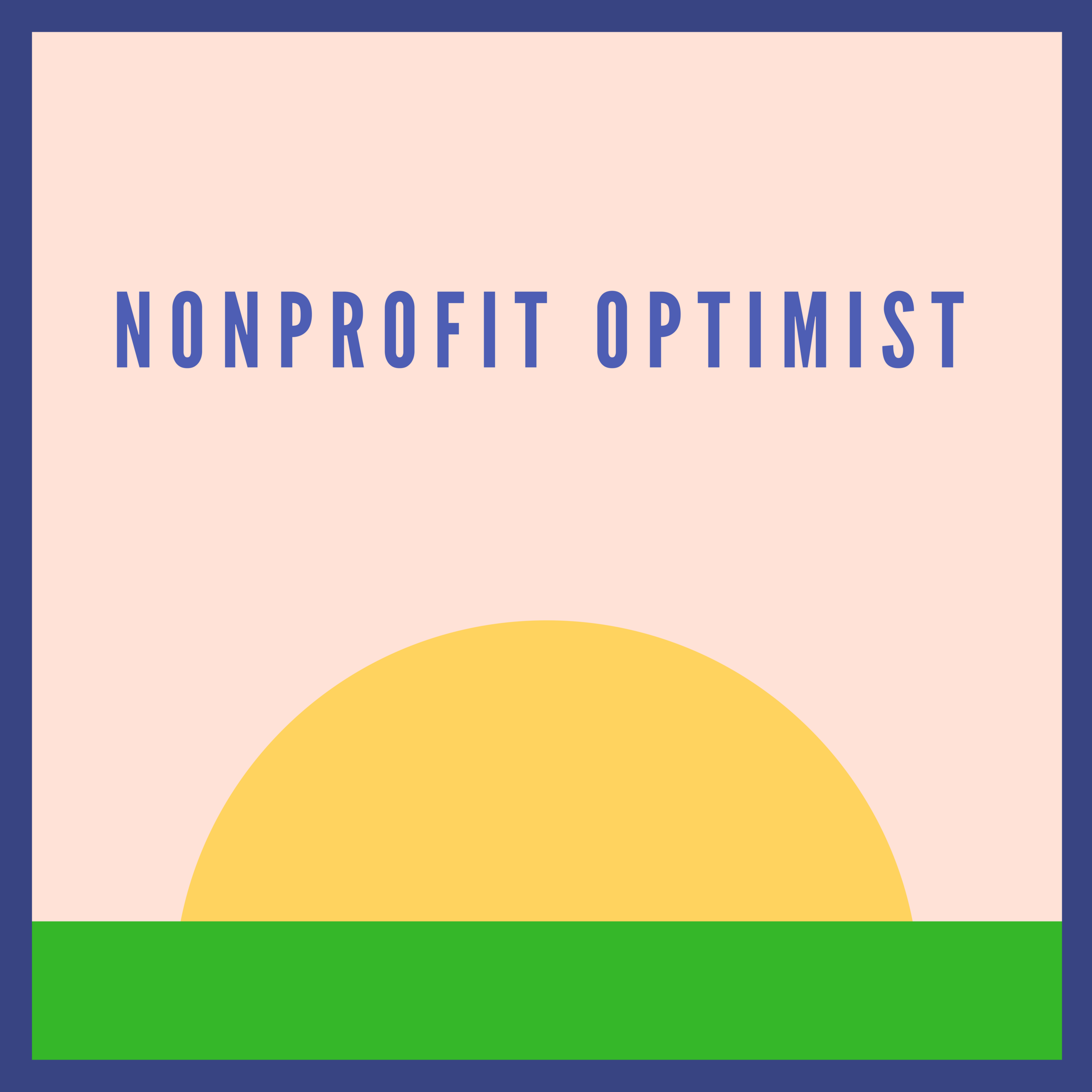NPO 027: Getting Started, Fundraising and Collaboration (Carin Willis, Bridge for Pelvic Pain)
Today's Guest: Carin Willis (email: info@bridgeforpelvicpain.org)
Carin Willis is the founder and executive director of Bridge for Pelvic Pain and also serves as the interim Board Chair. No stranger to chronic pain she has suffered from migraines, TMJ, hyper-mobility syndrome and IBS since childhood and in her early twenties developed Interstitial Cystitis (IC), vulvodynia and dyspareunia. She suffered in silence with chronic pain conditions while feeling both isolated and devastated by the severity of these chronic pain conditions and the impact they had on her quality of life. After finding some relief after seven long years of work utilizing an integrative approach she felt compelled to 'pay it forward' to connect chronic pelvic pain and IC patients with helpful resources, integrative doctors, and stories from other patient advocates by creating a website and blog www.icpbssupport.com. Carin's support website began to garner national and international attention due to its positive and educational approach to these conditions. Eventually, Carin was sought out for numerous interviews amongst doctors and experts within the chronic pelvic pain community.
Nonprofit Spotlight: Bridge for Pelvic Pain
Based in Colorado Spring, the Bridge for Pelvic Pains's mission is to connect the global community of chronic pelvic, sexual and genital pain patients to resources, education and hope through an integrative approach. Their programming extends beyond the local area and includes an annual conference, education opportunities for medical professionals and patients, therapeutic groups and more.
Lessons Learned:
In our conversation, Carin shared on several different topics:
- Starting a nonprofit is hard! Despite the messaging that folks should just jump into starting nonprofits, Carin shares the realistic message of the information necessary to learn before starting a nonprofit well and the importance of completing a SWOT analysis to enter the nonprofit space mindful of what existing programming/nonprofits are already available and how best to address gaps that might exist. Carin also encourages being really intentional about who to engage as founding board members.
- Board/organizational structure: The Bridge for Pelvic Pain currently has three groups that actively help guide Bridge for Pelvic Pain.
- Governing Board of Directors-- Fiduciary, strategic and fundraising responsibilities
- Advisory Committee-- Address how information and knowledge is spread on more of a strategic level... including what languages to translate materials into, etc.
- Health Advisory Committee-- Current health care professionals who are actively working with pelvic pain patients are able to provide feedback regarding trends they are seeing in the field
- Collaboration is key!
- Bridge for Pelvic Pain offers a unique model within their conferences and education offerings in that medical providers and patients are in some of the same sessions instead of silo-ed.
- Connect with others who are passionate about the mission of your nonprofit. Join networks, professional organizations and attend conferences. Building this network through organic interactions through these niche groups can lead to great donor leads as well as future collaboration opportunities.
- Carin talked about the importance of collaboration between nonprofits and between nonprofit professionals. Building a community of people to share ideas with can lead to really positive results.
- Crowd funding: Include photos and videos and utilize social media to share it and encourage community engagement. Bridge for Pelvic Pain was able to use a crowd funding campaign to raise all the funds necessary for getting the nonprofit off the ground.
- Encourage your grant writers/fundraisers to spend time in programming activities. In sharing her story of good, Carin shared what an unexpected benefit it was to sit in on the art therapy group. Getting that first hand knowledge, hearing people's dialogue, and witnessing the interactions can sometimes lead to better inspiration for the development work that needs to be done. The grant writer/fundraiser can become a better ambassador for the nonprofit as a result. One simple question that Carin asks some of the program participants is, "Would you be willing to share how this program is impacting you?"
Find Bridge for Pelvic Pain online:
- Website: https://www.bridgeforpelvicpain.org/
- Social Media:






